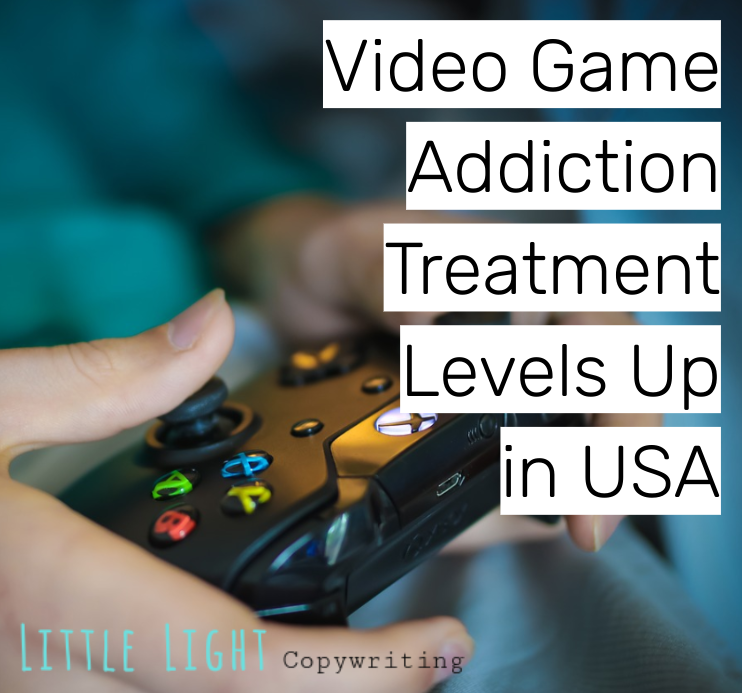Al-Anon and Nar-Anon highlight addiction as a family disease and provide loved ones with efficient coping and interaction approaches. An addiction therapist's role is to offer objective.
assistance for people going through a treatment program. Therapists develop a personalized prepare for treatment and aftercare and perform one-on-one or group treatment sessions. While there are lots of to picked from, there are a few noteworthy alcohol and drug addiction rehabilitation facilities that stick out to name a few in the nation . These centers are recognized for the favorable impact they have in the lives of people in recovery and their families, in addition to their efforts in addiction treatment advocacy. Discover the fact about drug rehab and get the responses to the greatest misconceptions, including: Is treatment just for the abundant and famous?Does a person need to strike" rock bottom" prior to getting help?Can individuals get sober on their own?. If this combined medication is taken as prescribed, the naloxone has no considerable impacts. However, if the combined medication is injected, the naloxone component can speed up an opioid withdrawal syndrome, and in this method works as a deterrent to misuse by injection. Buprenorphine might be recommended by doctors who have satisfied the statutory requirements for a waiver in accordance with the Controlled Substances Act (21 U.S.C.
Nevertheless, doctors utilizing the waiver are restricted in the number of clients they can treat with this medication. This client limit does not apply to OTPs that give buprenorphine on site because the OTP operating in this capability is doing so under 21 U.S.C. 823( g)( 1) and 42 CFR Part 8, and not under 21 U (what different kinds of treatment exist for addiction).S.C.

After the very first year they can ask for to treat as much as 100. Nevertheless, absence of doctor availability to prescribe buprenorphine has been a significant restriction on access to this efficient medication. Although around 435,000 medical care doctors practice medicine in the United States, only slightly more than 30,000 have a buprenorphine waiver, and only about half of those are really treating opioid use conditions.
Additionally, on July 22, 2016, the Comprehensive Addiction and Healing Act (CARA) was signed into law. CARA momentarily expands eligibility to prescribe buprenorphine-based drugs for MAT for compound usage conditions to qualifying nurse practitioners and physician assistants through October 1, 2021. Naltrexone is an opioid villain that binds to opioid receptors and obstructs their activation; it produces no opioid-like effects and is not abusable.
An Unbiased View of How To Get More Clients At An Outpatient Addiction Treatment Program
It also interrupts the results of any opioids in an individual's system, speeding up an opioid withdrawal syndrome in opioid-dependent clients, so it can be administered just after a total detoxification from opioids. There is likewise no withdrawal from naltrexone when the client stops taking it. Naltrexone may be appropriate for individuals who have been successfully treated with buprenorphine or methadone who wish to discontinue usage but still be secured from regression; people who prefer not to take an opioid agonist; people who have actually finished detoxings and/or rehabilitation or are being launched from imprisonment and expect to go back to an environment where drugs may be utilized and desire to avoid relapse; and teenagers or young grownups with opioid reliance.

Naltrexone can be found in two formulations: oral and extended-release injectable. Oral naltrexone can be effective for those people who are highly motivated and/or supported with observed day-to-day dosing. Extended-release injectable naltrexone, which is administered on a month-to-month basis, addresses the bad compliance associated with oral naltrexone since it supplies prolonged protection from regression and minimizes cravings for 1 month.152,153 Avariety ofelements ought to be weighed in figuring out the requirement for medication when treating a person for an alcohol usage condition, such as the client's motivation for treatment, capacity for relapse, and intensity of co-existing conditions. None of these medications brings a threat of misuse or dependency, and hence none is a DEA-scheduled compound. Each has a distinct effectiveness and negative effects profile. Prescribing health care professionals should be familiar with these negative effects and take them into consideration prior to recommending. Service providers can acquire extra info from materials produced by the National Institute on Alcoholic Abuse and Alcoholism( NIAAA) and SAMHSA.155,156 Research study studies on the efficacy of medications to treat alcohol use conditions haveshown that most clients reveal benefit, although individual action can be challenging to predict.154,157 MAT interventions for alcohol usage conditions can be offered in both non-specialty and specialty care settings and are mosthelpful when combined with behavioral interventions and brief assistance. Thus, once disulfiram is taken by mouth, any alcohol consumed results in quick accumulation of acetaldehyde and an unfavorable reaction or illness outcomes.
The intensity of this response is dependent on the dose of disulfiram and the quantity of alcohol consumed. Impacts from a disulfiram-alcohol reaction include heat and flushing of the skin, increased heart rate, palpitations, a drop in blood pressure, queasiness and/or throwing up, sweating, dizziness, and headache. Disulfiram was the first medication authorized by the FDA to treat alcohol usage disorder and its effectiveness has been widely studied. Many research studies have actually shown that https://how-much-does-cocaine-cost.drug-rehab-florida-guide.com/ disulfiram, when offered under supervision, is more effective than placebo in treating alcohol use conditions. A major limitation of disulfiram is adherence, which is generally poor, consequently lowering the medication's effectiveness. The very best prospects for disulfiram are clients with motivation for treatment and a desire to be abstinent. Hence, a person who wishes to minimize, however not stop, drinking is not a prospect for disulfiram.
Disulfiram must also be avoided in individuals with sophisticated liver illness. Naltrexone is the opioid antagonist explained above that is used to treat opioid use disorder. As noted prior to, naltrexone can be found in 2 solutions: oral and extended-release injectable. Many research studies have examined the effectiveness of naltrexone in treating alcohol usage disorders. Numerous research reviews have actually found that it lowers the.
danger of heavy drinking in patients who are abstinent for a minimum of a number of days at the time treatment begins.154,160 Nevertheless, as with disulfiram, medication compliance can be an issue with the oral formula.